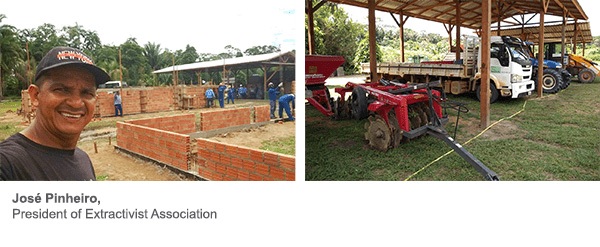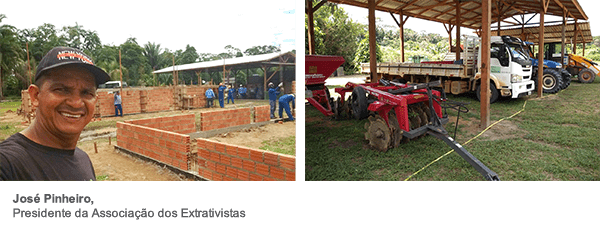 Em 2017, a rede varejista Lojas Renner, uma das maiores do país, neutralizou 100% das emissões de gases-estufa geradas por seu negócio no ano anterior. O feito, ainda incomum às empresas desse segmento, já havia sido alcançado em 2016, quando quase 37 000 toneladas de CO2 emitidas foram compensadas pela Lojas Renner. Isso só foi possível porque, ainda em 2015, a companhia decidiu monetizar seu impacto ambiental e pagar pela floresta em pé – um dos mecanismos mais eficazes na fixação de carbono e, por consequência, no enfrentamento das mudanças climáticas. A estratégia escolhida foi a do REDD+, que viabiliza a conservação de áreas de florestas nativas sob pressão do desmatamento ou risco de degradação e, dessa maneira, origina créditos de carbono pela destruição evitada.
Em 2017, a rede varejista Lojas Renner, uma das maiores do país, neutralizou 100% das emissões de gases-estufa geradas por seu negócio no ano anterior. O feito, ainda incomum às empresas desse segmento, já havia sido alcançado em 2016, quando quase 37 000 toneladas de CO2 emitidas foram compensadas pela Lojas Renner. Isso só foi possível porque, ainda em 2015, a companhia decidiu monetizar seu impacto ambiental e pagar pela floresta em pé – um dos mecanismos mais eficazes na fixação de carbono e, por consequência, no enfrentamento das mudanças climáticas. A estratégia escolhida foi a do REDD+, que viabiliza a conservação de áreas de florestas nativas sob pressão do desmatamento ou risco de degradação e, dessa maneira, origina créditos de carbono pela destruição evitada.
As conquistas recentes são resultado de uma parceria entre a Lojas Renner e a Biofílica no apoio à conservação florestal na região nordeste de Rondônia, onde uma associação extrativista existente desde 1996 lidera esta iniciativa na Reserva Extrativista Rio Preto-Jacundá. Ali, num contorno de 94 000 hectares de floresta amazônica, há seis anos a Biofílica fomenta práticas de manejo múltiplo e sustentável do território. O objetivo é aprimorar a exploração sustentável de produtos florestais madeireiros e não madeireiros, como a castanha, o açaí e a andiroba, além de aprimorar técnicas de manejo de caça e pesca.
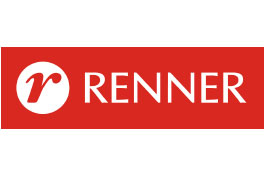 A escolha da Lojas Renner é fruto de um processo de amadurecimento intenso. Ainda em 2010, a companhia decidiu monitorar e tornar pública sua pegada de carbono, bem como as ações de mitigação desse impacto. A postura lhe rendeu entrada no ISE, o Índice de Sustentabilidade da BM&F Bovespa, carteira de empresas que são referência em práticas socioambientais no Brasil atualmente. Mas, para sair do patamar da compensação parcial e neutralizar completamente suas emissões, a varejista percebeu que era preciso mais do que simplesmente adquirir créditos de carbono no mercado. Foi preciso assumir os custos de suas externalidades negativas de maneira mais ampla e apostar em projetos que dessem respostas não apenas à questão climática, mas que também gerassem benefícios às comunidades, fauna e flora de áreas florestais vulneráveis.
A escolha da Lojas Renner é fruto de um processo de amadurecimento intenso. Ainda em 2010, a companhia decidiu monitorar e tornar pública sua pegada de carbono, bem como as ações de mitigação desse impacto. A postura lhe rendeu entrada no ISE, o Índice de Sustentabilidade da BM&F Bovespa, carteira de empresas que são referência em práticas socioambientais no Brasil atualmente. Mas, para sair do patamar da compensação parcial e neutralizar completamente suas emissões, a varejista percebeu que era preciso mais do que simplesmente adquirir créditos de carbono no mercado. Foi preciso assumir os custos de suas externalidades negativas de maneira mais ampla e apostar em projetos que dessem respostas não apenas à questão climática, mas que também gerassem benefícios às comunidades, fauna e flora de áreas florestais vulneráveis.
É o que tem chamado a atenção de investidores, sobretudo os estrangeiros. O interesse por empresas engajadas em questões socioambientais vem crescendo consideravelmente entre norte-americanos e europeus, já familiarizados com mercados voluntários e regulados de carbono. Eles estão em busca, sobretudo, de segurança nos investimentos. A equação é simples:
empresas que já atingiram um patamar mais avançado de consciência socioambiental são as que têm mais chance de resiliência e sobrevivência aos impactos do aquecimento global – e também são aquelas que oferecem menor risco financeiro no longo prazo.
NEUTRALIZE SUAS EMISSÕES CONSERVANDO A AMAZÔNIA
Contate-nos…
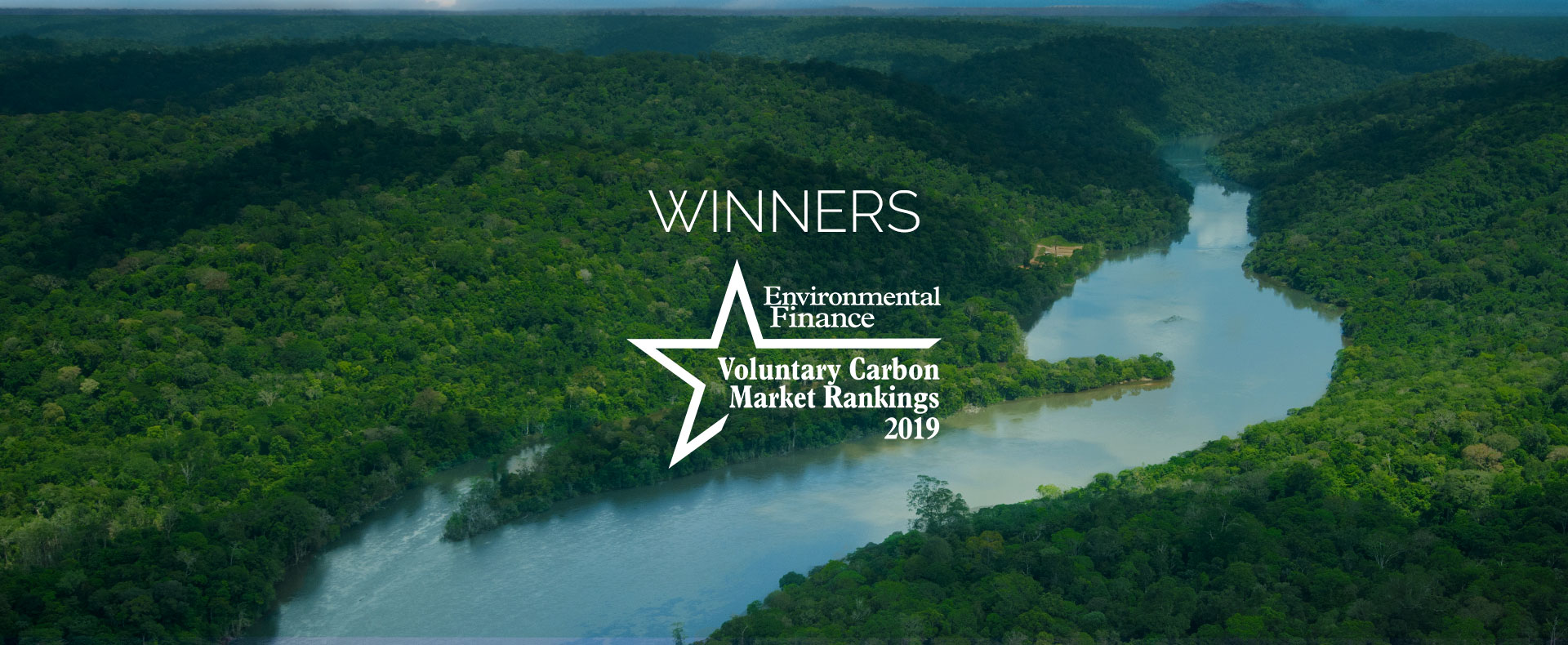
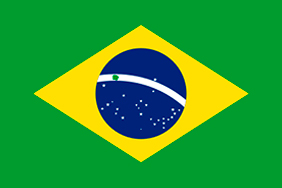

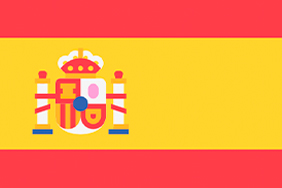
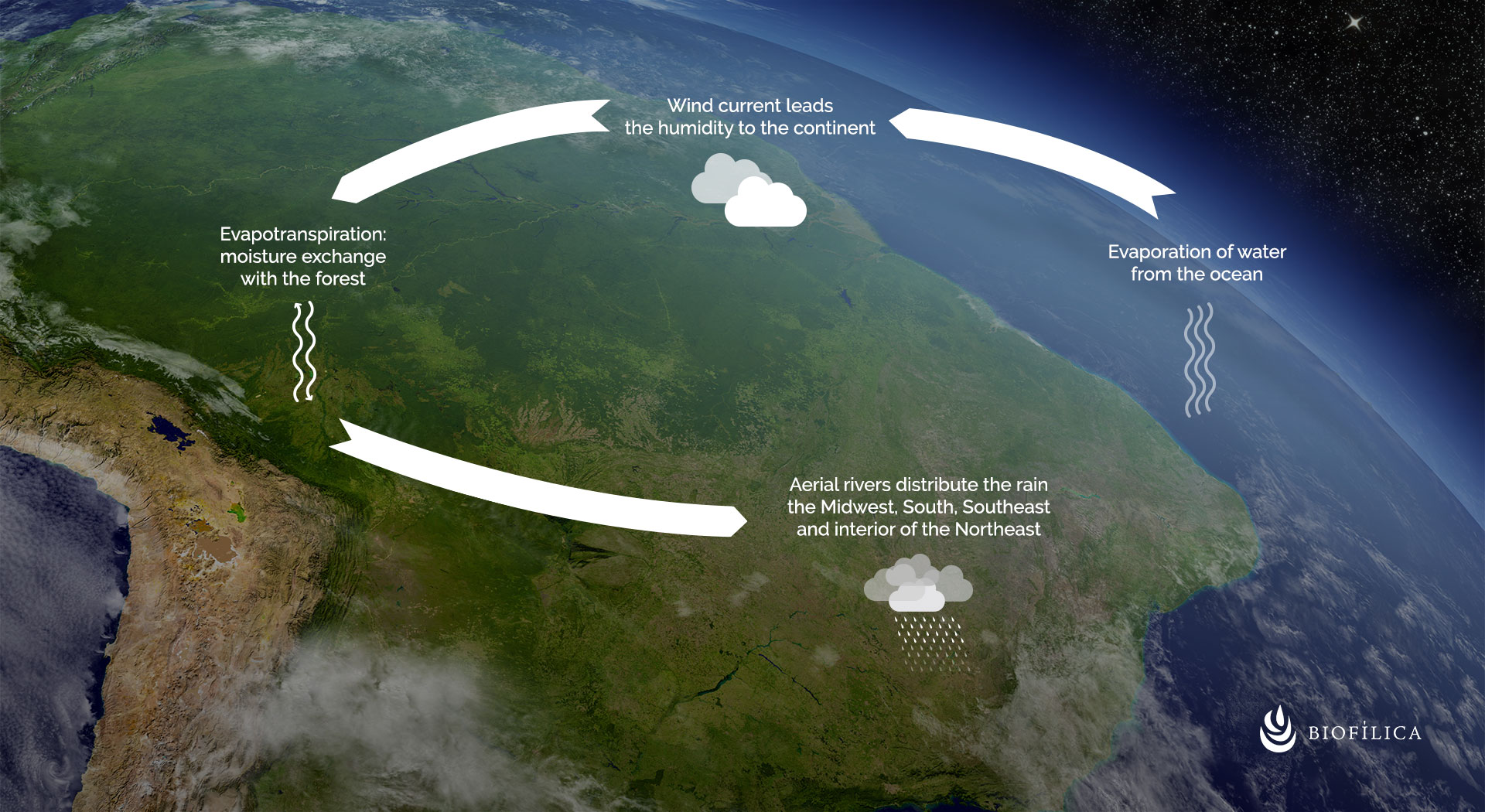



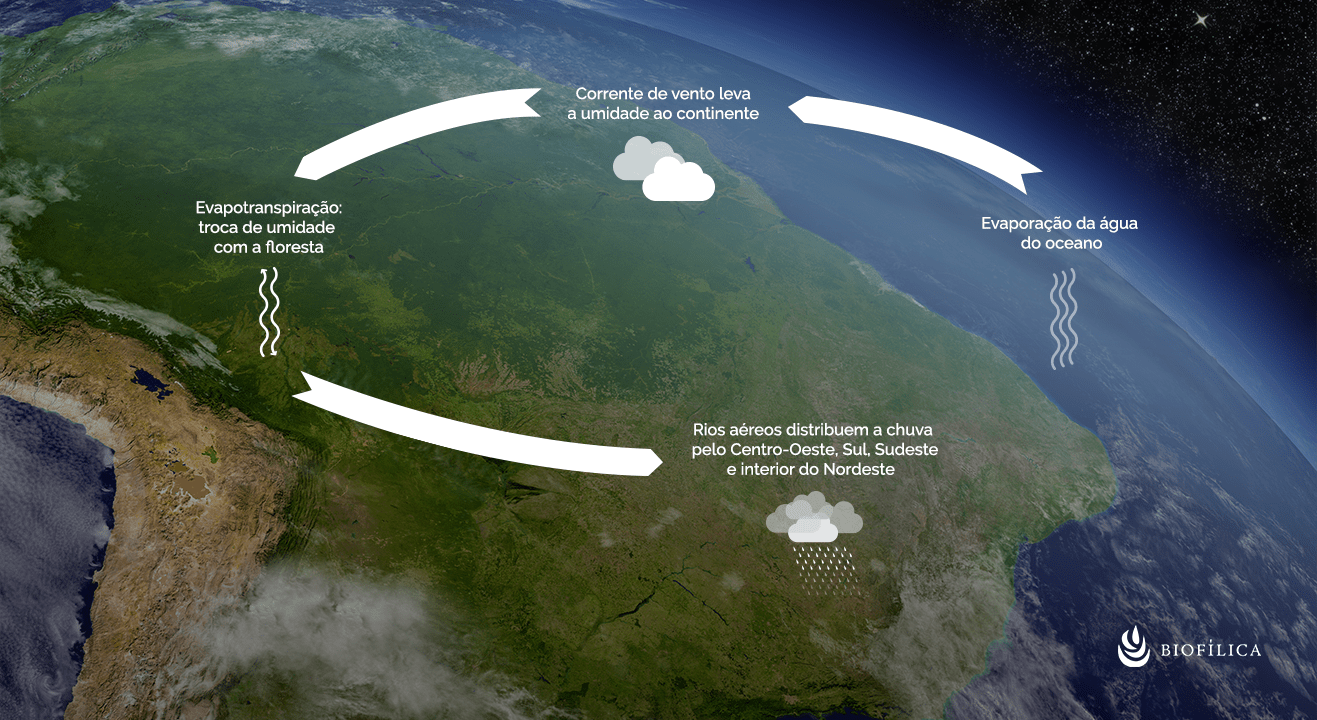
 In 2017, the retail chain Lojas Renner, being one of the largest in Brazil, neutralized 100% of its greenhouse gas emissions from the previous year. This feat, still unusual for companies in this segment, had already been achieved in 2016 when Lojas Renner offset nearly 37,000 tons of CO2. This was only possible because the company decided to monetize its environmental impact and pay for the standing forest—one of the most effective mechanisms for carbon sequestration and, consequently, for tackling climate change. The strategy chosen was that of REDD+, which enables the conservation of native forest areas that are under deforestation pressure or risk of degradation, which result in the creation of carbon credits from avoided destruction.
In 2017, the retail chain Lojas Renner, being one of the largest in Brazil, neutralized 100% of its greenhouse gas emissions from the previous year. This feat, still unusual for companies in this segment, had already been achieved in 2016 when Lojas Renner offset nearly 37,000 tons of CO2. This was only possible because the company decided to monetize its environmental impact and pay for the standing forest—one of the most effective mechanisms for carbon sequestration and, consequently, for tackling climate change. The strategy chosen was that of REDD+, which enables the conservation of native forest areas that are under deforestation pressure or risk of degradation, which result in the creation of carbon credits from avoided destruction. Lojas Renner’s choice is the result of a process of intense maturity. While still in 2010, the company decided to monitor and make public its carbon footprint and the actions it was taking to mitigate their impact. Their stance earned them entry into the ISE (the BM&F Bovespa Sustainability Index), a portfolio of companies that are a reference in socio-environmental practices currently in Brazil. But to go beyond the level of partial compensation and completely neutralize its emissions, the retailer realized that it was important to not only simply acquire carbon credits in the market. It was necessary to assume the costs of its negative externalities more broadly and to focus on projects that not only responded to climatic issues, but also generated benefits to local communities, fauna, and flora of vulnerable forest areas.
Lojas Renner’s choice is the result of a process of intense maturity. While still in 2010, the company decided to monitor and make public its carbon footprint and the actions it was taking to mitigate their impact. Their stance earned them entry into the ISE (the BM&F Bovespa Sustainability Index), a portfolio of companies that are a reference in socio-environmental practices currently in Brazil. But to go beyond the level of partial compensation and completely neutralize its emissions, the retailer realized that it was important to not only simply acquire carbon credits in the market. It was necessary to assume the costs of its negative externalities more broadly and to focus on projects that not only responded to climatic issues, but also generated benefits to local communities, fauna, and flora of vulnerable forest areas. Em 2017, a rede varejista Lojas Renner, uma das maiores do país, neutralizou 100% das emissões de gases-estufa geradas por seu negócio no ano anterior. O feito, ainda incomum às empresas desse segmento, já havia sido alcançado em 2016, quando quase 37 000 toneladas de CO2 emitidas foram compensadas pela Lojas Renner. Isso só foi possível porque, ainda em 2015, a companhia decidiu monetizar seu impacto ambiental e pagar pela floresta em pé – um dos mecanismos mais eficazes na fixação de carbono e, por consequência, no enfrentamento das mudanças climáticas. A estratégia escolhida foi a do REDD+, que viabiliza a conservação de áreas de florestas nativas sob pressão do desmatamento ou risco de degradação e, dessa maneira, origina créditos de carbono pela destruição evitada.
Em 2017, a rede varejista Lojas Renner, uma das maiores do país, neutralizou 100% das emissões de gases-estufa geradas por seu negócio no ano anterior. O feito, ainda incomum às empresas desse segmento, já havia sido alcançado em 2016, quando quase 37 000 toneladas de CO2 emitidas foram compensadas pela Lojas Renner. Isso só foi possível porque, ainda em 2015, a companhia decidiu monetizar seu impacto ambiental e pagar pela floresta em pé – um dos mecanismos mais eficazes na fixação de carbono e, por consequência, no enfrentamento das mudanças climáticas. A estratégia escolhida foi a do REDD+, que viabiliza a conservação de áreas de florestas nativas sob pressão do desmatamento ou risco de degradação e, dessa maneira, origina créditos de carbono pela destruição evitada. A escolha da Lojas Renner é fruto de um processo de amadurecimento intenso. Ainda em 2010, a companhia decidiu monitorar e tornar pública sua pegada de carbono, bem como as ações de mitigação desse impacto. A postura lhe rendeu entrada no ISE, o Índice de Sustentabilidade da BM&F Bovespa, carteira de empresas que são referência em práticas socioambientais no Brasil atualmente. Mas, para sair do patamar da compensação parcial e neutralizar completamente suas emissões, a varejista percebeu que era preciso mais do que simplesmente adquirir créditos de carbono no mercado. Foi preciso assumir os custos de suas externalidades negativas de maneira mais ampla e apostar em projetos que dessem respostas não apenas à questão climática, mas que também gerassem benefícios às comunidades, fauna e flora de áreas florestais vulneráveis.
A escolha da Lojas Renner é fruto de um processo de amadurecimento intenso. Ainda em 2010, a companhia decidiu monitorar e tornar pública sua pegada de carbono, bem como as ações de mitigação desse impacto. A postura lhe rendeu entrada no ISE, o Índice de Sustentabilidade da BM&F Bovespa, carteira de empresas que são referência em práticas socioambientais no Brasil atualmente. Mas, para sair do patamar da compensação parcial e neutralizar completamente suas emissões, a varejista percebeu que era preciso mais do que simplesmente adquirir créditos de carbono no mercado. Foi preciso assumir os custos de suas externalidades negativas de maneira mais ampla e apostar em projetos que dessem respostas não apenas à questão climática, mas que também gerassem benefícios às comunidades, fauna e flora de áreas florestais vulneráveis.
